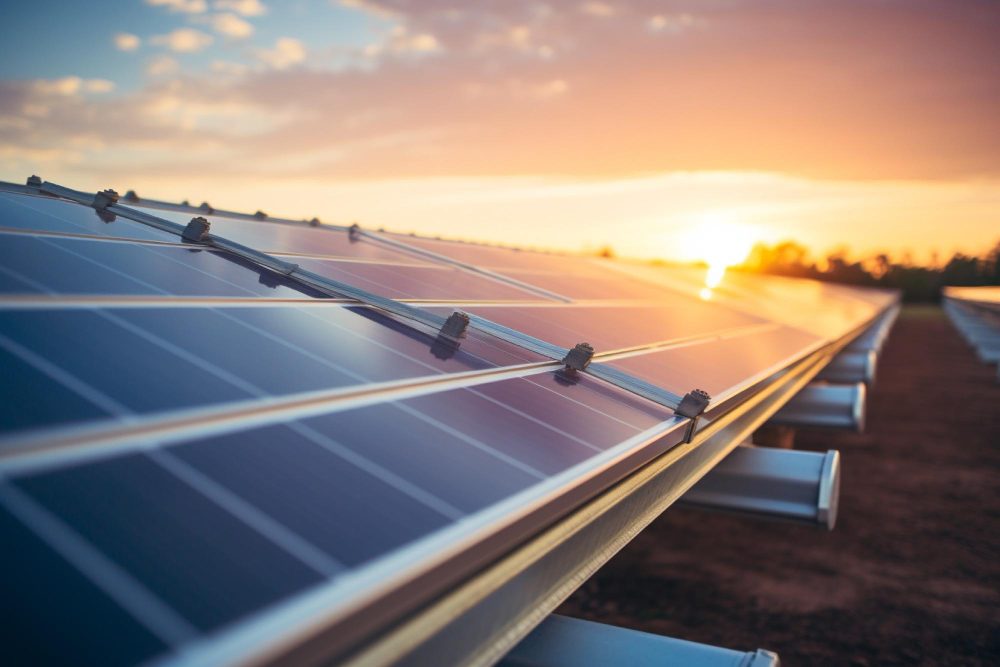
In 2025, renewables and natural gas are outpacing oil and coal as the dominant energy sources, driven by climate policies, cost competitiveness, and energy security concerns. Here’s how this shift is unfolding:
1. Renewables Become the Primary Growth Engine
Solar & Wind Dominate New Capacity: Over 80% of new global electricity generation in 2025 comes from renewables, led by solar PV and onshore/offshore wind.
Costs Keep Falling: Solar and wind are now the cheapest power sources in most markets, undercutting even existing coal plants in LCOE (Levelized Cost of Energy).
Corporate & Government Push: Companies with net-zero pledges and countries with clean energy mandates (e.g., EU, China, U.S.) drive demand.
2. Natural Gas Holds Its Ground as a "Transition Fuel"
LNG Demand Grows in Emerging Markets: Asia (especially China and India) imports more LNG to replace coal in power generation and industry.
U.S. & Qatar Expand Gas Exports: The U.S. remains the top LNG exporter, while Qatar’s North Field expansion boosts global supply.
Short-Term Volatility: Geopolitical risks (e.g., Russia-Europe tensions, Middle East instability) keep gas prices fluctuating.
3. Oil Demand Growth Slows—But Doesn’t Peak Yet
Transportation Shift: EV adoption reduces oil demand in passenger vehicles, but aviation, shipping, and petrochemicals keep consumption stable.
OPEC+ Manages Supply: Cuts and quotas continue to balance markets amid uncertain demand.
Peak Oil Debate: Some analysts argue global oil demand could peak by 2030, but 2025 still sees modest growth (~1% YoY).
4. Coal’s Decline Accelerates—Except in Some Regions
Western Markets Phase Out Coal: The U.S. and EU retire coal plants rapidly, replacing them with gas + renewables.
Asia’s Coal Dependency Lingers: China and India still rely on coal for baseload power, though renewables are gaining share.
Financing Dries Up: Global banks and insurers increasingly exit coal projects due to ESG pressures.
5. Energy Security Reshapes the Mix
Post-Ukraine War Lessons: Europe speeds up renewables to reduce reliance on Russian gas, while Asia diversifies LNG suppliers.
Critical Minerals Competition: Supply chain bottlenecks for lithium, copper, and rare earths could slow renewable deployment.
Key Takeaway for 2025:
Renewables + Gas = ~70% of New Energy Investments
Oil & Coal Face Structural Decline (but remain significant in certain sectors).
Geopolitics & Policy Drive Short-Term Shifts (e.g., U.S. elections, EU Green Deal implementation).
